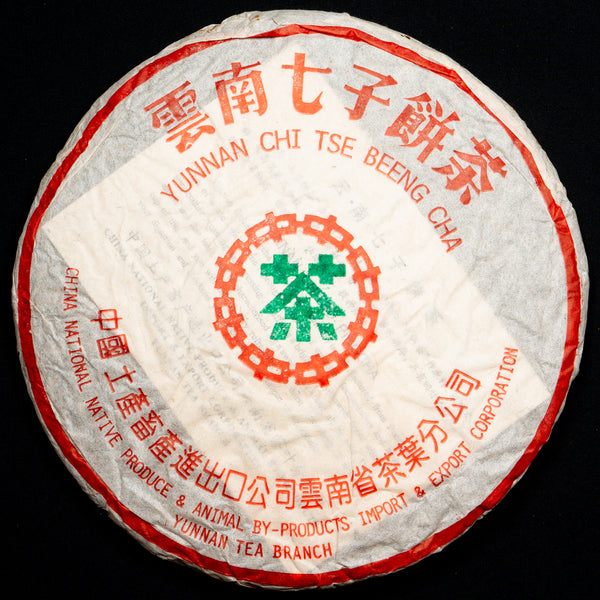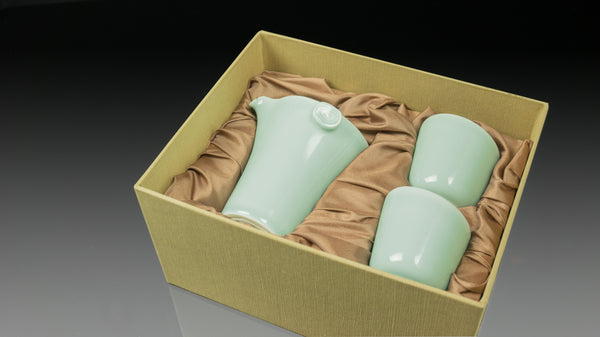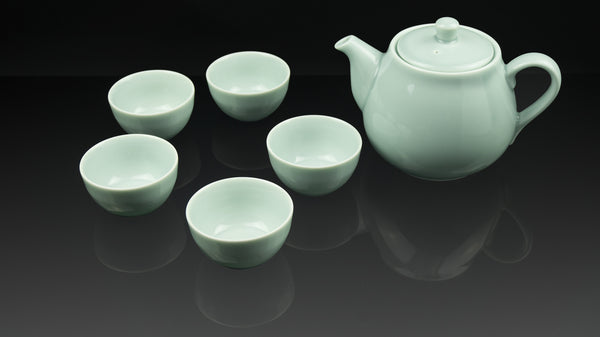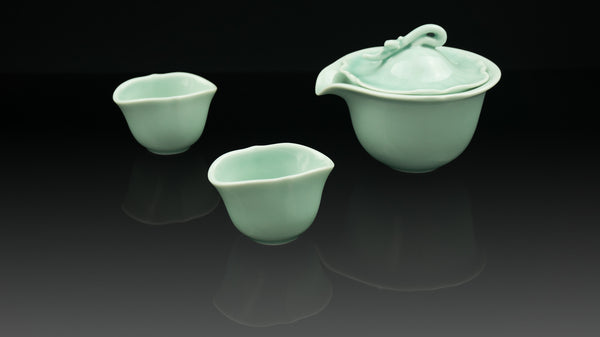20th Century Early Republic Julunzhu (巨輪珠) - Archived
Taiwan Sourcing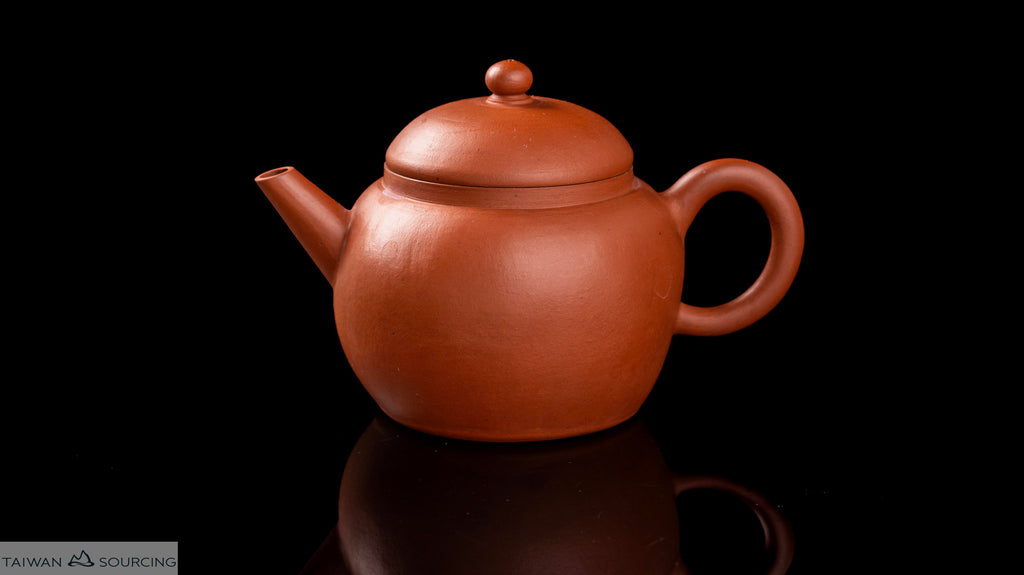







The following product is part of the early Yixing series we will be offering, mainly consisting of early to mid-20th century pieces which used clay of superior quality in comparison with modern day standards. We hope that this series of finely crafted antique pieces will give tea lovers an opportunity to learn about and enjoy the beauty of Yixing clay. Through these pieces, you can learn why and how Yixing material has been able to capture the heart of teapot lovers for hundreds of years, and furthermore gain first hand experience with the unique texture that Yixing clay offered before it entered the post-modern era.
A teapot collector who has been dabbling in teapots for long enough will immediately recognize this shape as the famous "Julunzhu" (巨輪珠). This style was invented in the late 19th century for the Japanese Sencha tea ceremony and was recorded in the Japanese book Seiwan meien zushi (青湾茗醼図誌) in 1876 under the name "Konglunzhu" (空輪珠. Gurindama ぐりんだま in Japanese pronunciation). "Konglun" indicates the top part of the Buddhist pagoda called "Gorinto" in Japan and so the pot’s shape was infused already with this profound meaning when it was named. However, as transcription errors were still very common in the early modern error and many kanji characters bear the same pronunciation, the character “空” was eventually miswritten as "具" since they shared the same pronunciation. As popularity of this teapot stlye grew, its fame was eventually heard of in China, and the name "具輪珠" evolved into "巨輪珠" since the two terms are also homophones in Chinese, and thus the final name of julunzhu "巨輪珠" took hold. Worth noting point is the character "巨輪" no longer shares the same pronunciation in Japanese, the modern pronunciation in Japanese is now "julun" (ジュルン) instead, further suggesting that the name "Julunzhu" was a name invented after the style was introduced to Chian.
In short, the name of this style had three stages of evolution. First it was named "空輪珠 (Konglunzhu)," then misritten as julunzhu "具輪珠", then eventually miswritten again as julunzhu "巨輪珠." All three names equally indicate the style you see here.
The clay used to make this teapot is apparently a demonstration of some early clay recipe. What you are seeing here is not the pure Zhuni that people normally see on our website or other places. A little known fact is that, to give pure Zhuni a definition, it indicates clay that was formed from 100% pure Zhuni ore, normally "yellow stone yellow" (黃石黃) to begin with (Here we say “to begin with” due to the fact that there are some other Zhuni ores which is not yellow stone yellow, but we will leave that for another post). However, in ancient times, to make a teapot purely from Zhuni ore was basically impossible due to the characteristics of the clay, and therefore Zhuni ore was mainly used for "coloring" or "texturing" when it came to the clay recipe. A brief example will be blending some proportion of Zhuni (朱泥) clay into Red Clay (紅泥). 99% of the so-called Zhuni teapots were made in this way in the past. If there was at least a bit of Zhuni material, then it was called Zhuni clay.
However, tempting as it may be, we will not call this teapot a Zhuni teapot. Immediately we know this was an early blending recipe using a tiny bit of Zhuni ore because of the clay’s silky texture, but it was mainly constructed by very tender Zini (紫泥) as its bone. Normally we refer to this kind of texture as "Niangao"(年糕), meaning that its clay has the feeling of sticky rice cake. This clay will not give a very sharp or robust note like Zhuni or Red Clay, but rather will deliver a soft yet clear texture to the tea you are brewing.
Mineral: Niangao Clay (Re-processed Red Clay) / 年糕泥 回鍊過紅泥
Item Era: Early Repblic / 民國初期
Mineral Location: Pan Huang Long Mountain Mine / 泛黃龍山礦脈
Firing Temperature: 1100 c / 仟壹佰 攝氏
Shrinkage: 12% / 分之 拾貳
Bottom Stamp: NA / 無款
Volume: 100 ml / 佰 毫升

